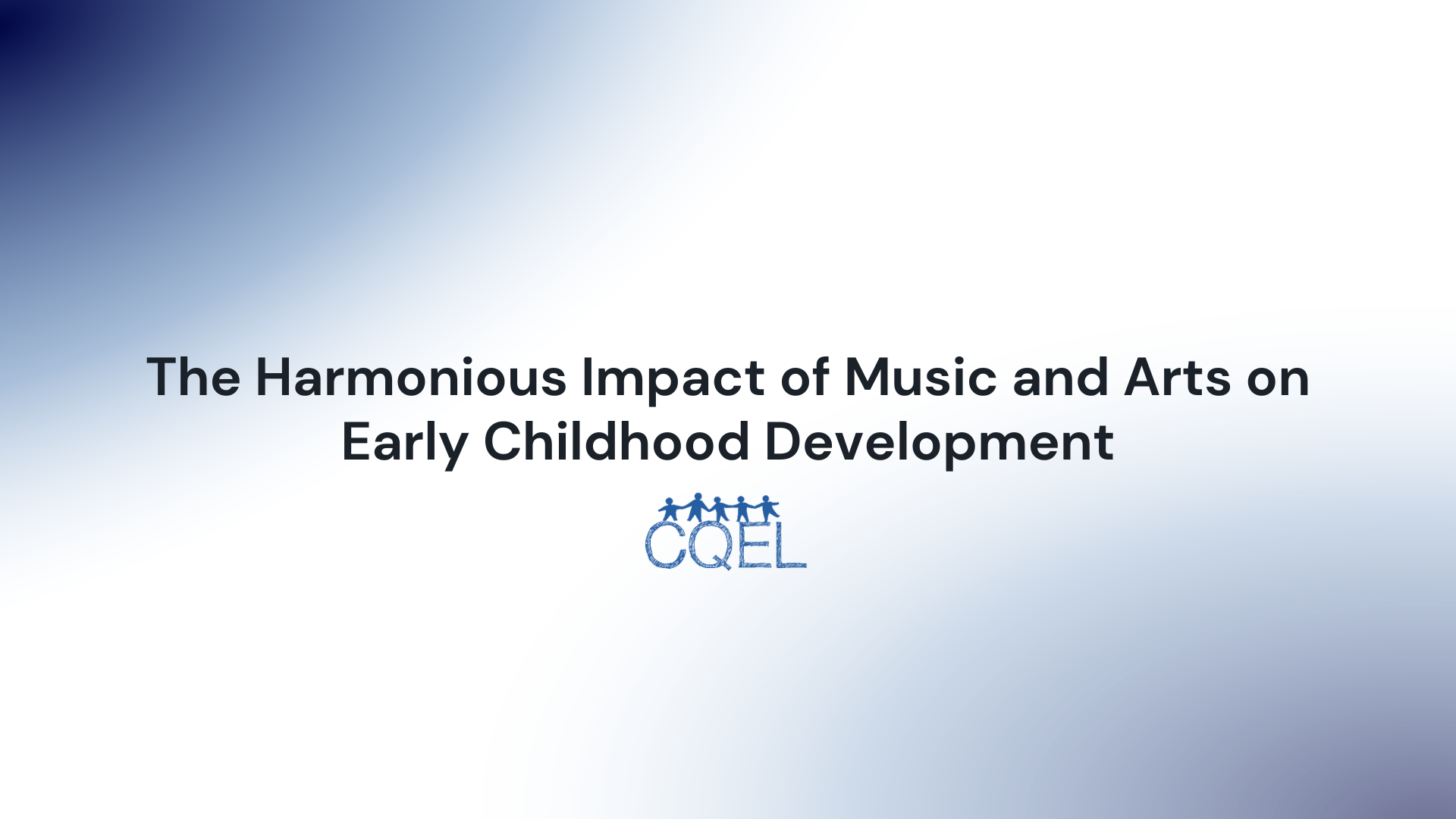The Harmonious Impact of Music and Arts on Early Childhood Development
In this post, we delve into the value of these creative outlets and share strategies for incorporating them into your childcare program.

Creative Inspiration for Childcare Providers
There's an orchestra of potential within every child. When caregivers nurture this potential through music and arts, children can explore their creativity, develop essential skills, and forge a deep connection with the world around them. Integrating these mediums into the early childhood education setting can have profound benefits. From enhancing cognitive and motor skills to cultivating emotional intelligence, music, and arts play a critical role in early childhood development. In this blog post, we delve into the value of these creative outlets and share strategies for incorporating them into your childcare program. Herein lies a harmony of resources and insights that will enable childcare providers to orchestrate an enriching environment for their young learners.
The Power of Music and Arts in Development
Music and arts aren't just about entertainment. They stimulate the senses, engage the mind, and ignite the imagination. They can profoundly influence a child's development, touching on cognitive, social-emotional, and physical growth. For a detailed understanding of these impacts, the National Endowment for the Arts' resource titled The Arts in Early Childhood: Social and Emotional Benefits of Arts Participation is a great starting point. This report shares the findings of several studies, revealing how the arts contribute to children's development and well-being.
Harnessing Music for Cognitive and Emotional Growth
Music's influence on early childhood development is multifaceted. It fosters cognitive growth by helping children understand patterns, sequences, and contrasts. It also enhances their emotional development by promoting self-expression and emotional understanding. Bright Horizons' guide on Music and Children: The Benefits of Music provides comprehensive insights into how music contributes to children's developmental milestones.
Exploring Visual Arts for Fine Motor Skills and Creativity
Visual arts, which include drawing, painting, and sculpting, help children develop fine motor skills and stimulate creativity. Children can learn to communicate their ideas, feelings, and experiences through visual arts. NAEYC’s guide on Art in Early Childhood: Curriculum Connections offers insightful strategies for providers looking to incorporate visual arts into their programs. It emphasizes the connections between art and other areas of the curriculum, underlining how it can contribute to comprehensive development.
Implementing Music and Art Activities
Integrating music and art activities into daily routines can be both fun and educational. This could be as simple as singing songs during circle time, exploring rhythm with homemade musical instruments, or creating a dedicated art corner with a variety of materials. The book "First Art for Toddlers and Twos: Open-Ended Art Experiences" by MaryAnn F. Kohl offers a wealth of ideas for age-appropriate, easy-to-prepare art activities.
Fostering a Creative Environment
To effectively integrate music and arts into a childcare setting, it's important to foster a creative environment. This includes setting up dedicated spaces, providing a variety of materials, and encouraging children's freedom of expression. It outlines strategies for encouraging children's creativity and underscores the role of the educator in this process.
Collaborating with Parents
Parents can be powerful allies in a child's artistic and musical journey. Providers can encourage consistent support for creative activities at home by communicating regularly with parents. The book "Beyond the Screen: Activities for Kids that Promote Creative Thinking and Reduce Screen Time" by Shannon Philpott-Sanders can be a valuable resource for parents. It provides numerous activities that promote creativity and reduce screen time, enabling parents to support their child's creative development.
Unleashing the Symphony of Growth through Music and Art
Music and arts are vital elements of early childhood education, catalyzing a multitude of developmental benefits. By integrating these forms of creative expression into the curriculum, childcare providers can cultivate an environment that nurtures children's holistic growth. Whether it's a melody that fosters emotional intelligence, a rhythm that enhances cognitive development, or a brushstroke that boosts motor skills, every note and color contributes to the symphony of early childhood development. By orchestrating this harmonious blend of creativity and learning, we can set the stage for children to explore their potential, appreciate their abilities, and connect meaningfully with the world around them.
